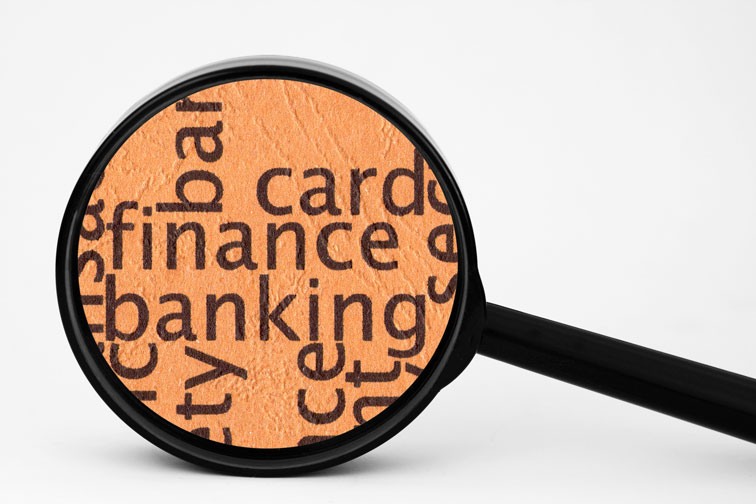From Christopher Joye In The AFR today. Once again, excellent insight!
“The one thing the big banks are not is systematically stupid or misanthropic. CBA’s Ian Narev is a truly outstanding chief executive and very generous private philanthropist, supported by what is probably the best retail banking team in the world. Westpac’s Brian Hartzer is no less capable and years ago personally mentored me through a career transition when he had no good reason to do so. ANZ’s Shayne Elliot has thus far displayed tremendous judgement—arguably superior to his peers—under the guidance of Gonski. And Macquarie’s Nicholas Moore is the finest financier this country has ever known. (I have yet to meet NAB’s Kiwi import.)
Setting aside the hyperbole whipped up by gullible hedge fund shorts, the major banks are materially less risky concerns than they were only a few years ago. Under the terrific leadership of Wayne Byres, the Australian Prudential Regulation Authority has been relentless in repeatedly forcing them to boost the austerity of their lending standards. APRA has also been unwavering in its mission to deleverage the big banks’ highly geared balance-sheets. The final chapter in this journey should be unveiled when APRA releases its long overdue report defining what robust capital ratios are required to meet the government’s objective of bequeathing us “unquestionably strong” banks.
Morgan Stanley’s Richard Wiles says that even if this hikes the minimum common equity tier one capital ratio to 11 per cent, which would be wise, the “pro forma capital deficit would be $26 billion”. Some non-core asset sales and a few years of organic capital generation will do the trick.
Which brings me to Standard & Poor’s decision this week to elevate Australia’s Banking Industry Country Risk Assessment (BICRA) score, which automatically downgraded the credit ratings of all non-major banks while increasing the four majors’ too-big-to-fail subsidy from two notches to three.
Blame for this downgrade can be sheeted home to the RBA’s August and May rate cuts, in the absence of which house price growth would not have reaccelerated, compelling S&P to sound the alarm. On May 11 I warned officials that “there is a growing concern amongst non-major banks, which I 100 per cent share, that S&P is trigger-happy on the BICRA score and could increase it in the next few months”. I added that “all the signals from S&P have been negative on this subject, and they seem to want to make a decision after the next house price index release in June”. CBA’s credit strategist commented that “the move by S&P has surprised us, particularly the timing rather than the rationale”. ”
The negative outlook on the BICRA was a two year view in October last year,” CBA explained. “We spoke to S&P in March when the last round of ABS house price data (the December 2016 data) came out [and they] advised they needed to see a trend emerge before they acted. We took this to mean at least another quarter’s data before acting—if at all.” After placing Australia’s BICRA score on “negative outlook” on October 31, S&P led the market to believe it would be altered only if house price growth remained unsustainably strong over the next 6 to 12 months.
By moving pre-emptively this week, S&P ignored the official house price data for 2017, which will not be published until June, and the more timely CoreLogic numbers that indicate prices have been declining since March 31.
A final oddity is S&P’s suggestion that the wonderfully innovative Macquarie Bank warrants a two notch credit rating upgrade because it is too-big-to-fail while Suncorp, Bendigo & Adelaide and Bank of Queensland are not. This makes no sense at all: the government is more likely to bail-out Bendigo, which has a bigger domestic deposit book than Macquarie, than the millionaire’s factory.
I will leave you with the wise words of Ian Macfarlane, the former RBA governor: “By designating four banks as being systemically important, it implies that the other banks…are not important. It is therefore not surprising that the public (and the ratings agencies) assume that the important ones will receive more official support in a crisis than the unimportant ones. It is just not credible for a government…to promise not to step in and prevent large scale bank failure [of big and small institutions] in a financial crisis. The public know they will, and no amount of words will dispel this expectation.”.

